How to Troubleshoot Connectivity Issues with RFID Handheld Scanners?
505Learn how to resolve RFID handheld scanner connectivity issues. Follow step-by-step fixes for Bluetooth, Wi-Fi, and hardware problems with Cykeo’s troubleshooting tips.
MoreAll RFID Product
Inventory is one of those things that always sounds simple on paper—count the items, write them down, done. But anyone who’s ever worked in a warehouse or a stockroom knows it’s never that neat. Things go missing, numbers don’t add up, people forget to scan, and before you know it, the report says you’ve got 200 units sitting there when in reality the shelves are half empty.
That’s where RFID inventory tags come in. They’re basically tiny chips with antennas, but what makes them special is how they talk to scanners without needing to be lined up like barcodes. You don’t have to pull every box out or peel back packaging. Just walk past with a reader, and suddenly you know exactly what’s there. It feels almost like cheating compared to the old way.
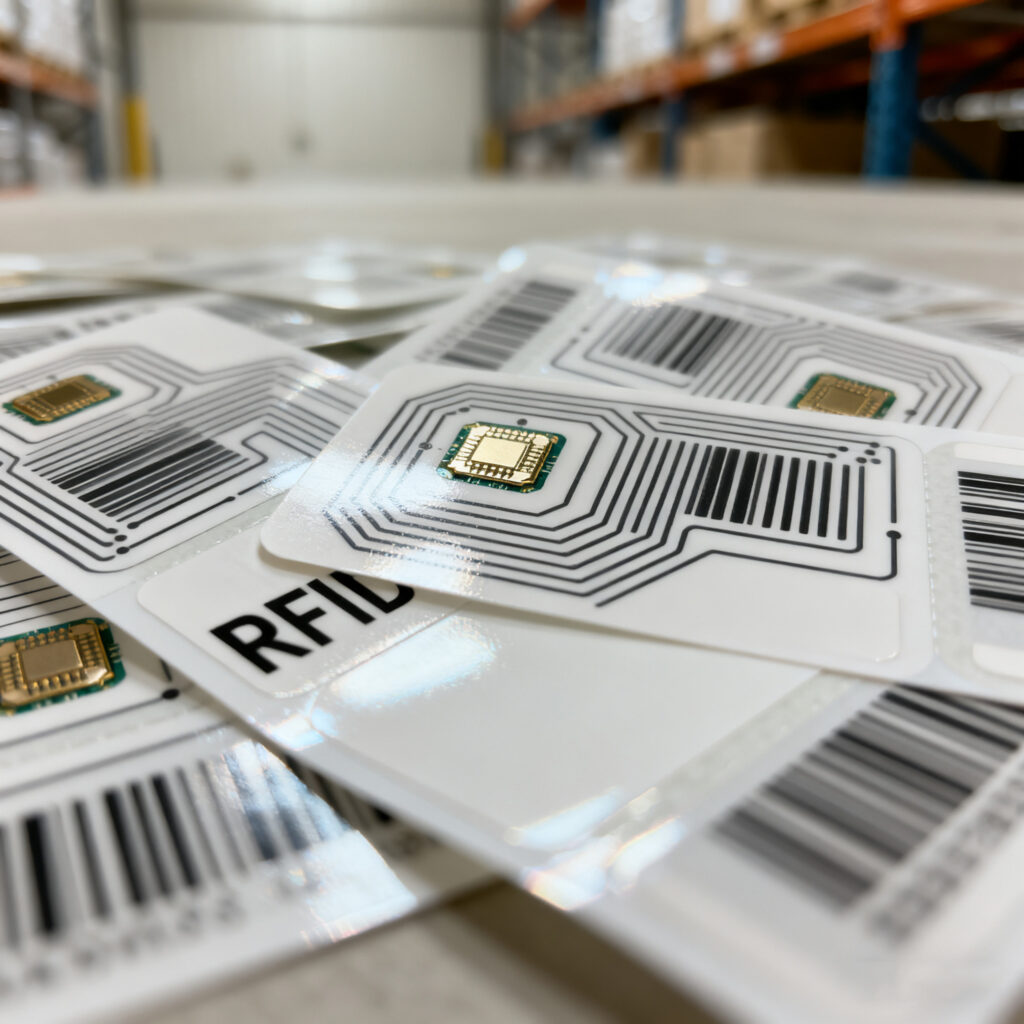
The biggest win is accuracy. Fewer mistakes, less shrinkage, and a lot less second-guessing. A manager can check stock levels without sending three people out to scan everything by hand. What used to take hours—or even a full day—gets done in a fraction of the time. That’s real money saved, not just “time saved.”
But it’s not only about speed. The data you get from RFID inventory tags can make ordering and planning less of a guessing game. You see what’s moving, what’s stuck on the shelves, and when you’re about to run out. It shifts decision-making from reactive to proactive.
Of course, it’s not all sunshine. The tags and readers cost money upfront, and depending on what you’re tracking—like items with liquid or metal—it can be tricky to get the setup right. There’s also the job of linking RFID with whatever system the business already uses. Still, most people who’ve made the switch say the payoff comes pretty quickly once everything’s running.
I read a story from someone testing RFID inventory tags in their small warehouse. They described it as “inventory management out of the box”—like once the tags were on and the reader was set, it just worked. No fiddling, no endless adjustments. That kind of feedback says a lot more than technical specs ever could.
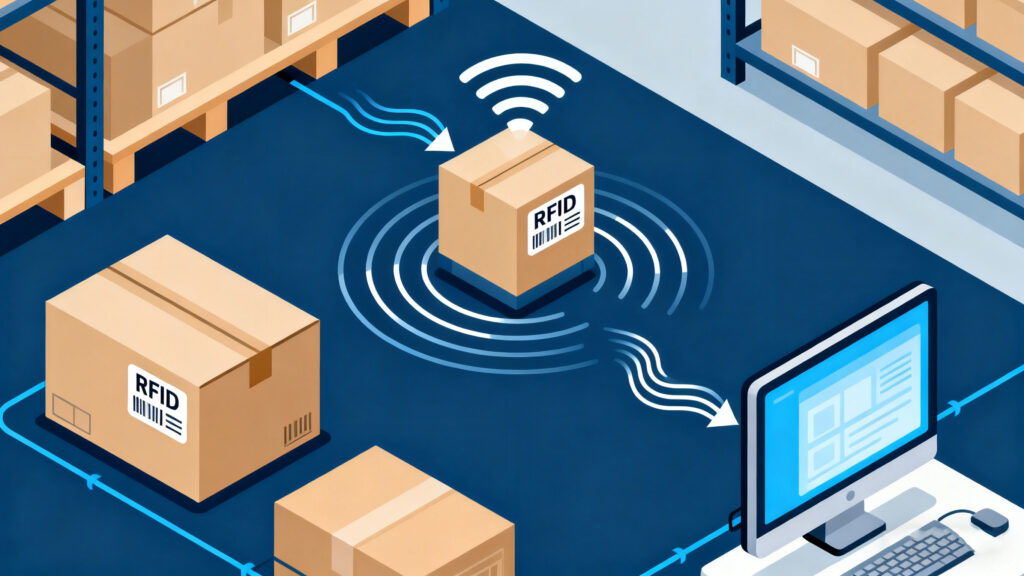
Prices for RFID inventory tags are coming down, and more businesses—big or small—are starting to see them not as a luxury but as a tool that actually makes sense. It’s easy to picture a future where manual counting becomes the exception, not the rule.
At the end of the day, these tags don’t just track items; they change the way businesses think about inventory. Less time spent hunting for missing stock, more confidence in the numbers, and a smoother flow from warehouse to shelf.
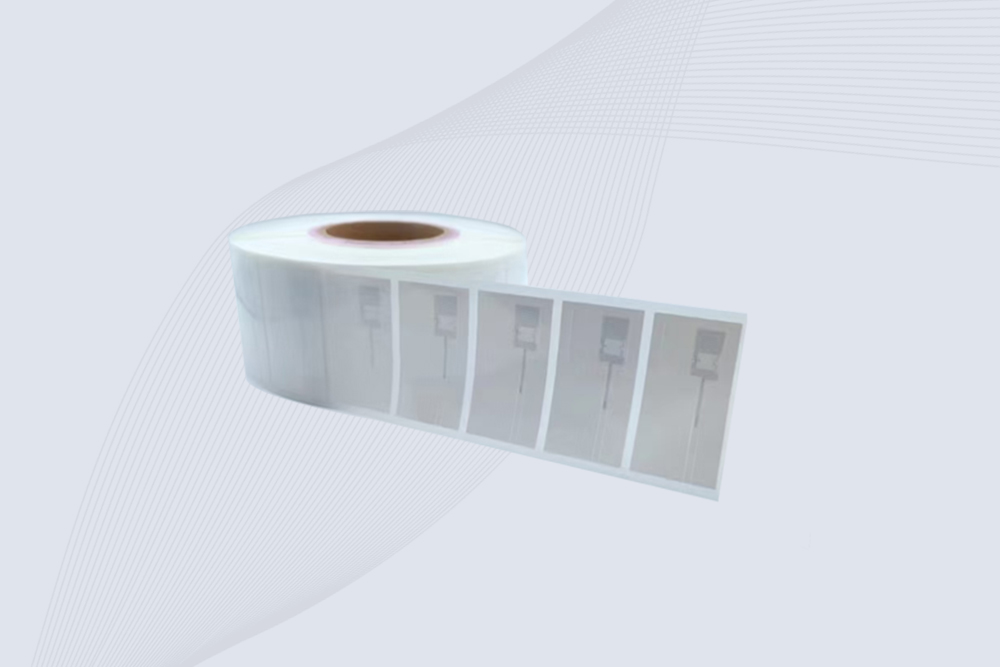
Cykeo CK-BQ6826 Jewelry uhf rfid tag features NXP UCODE 9, 8m read range on metal, and anti-counterfeit security for luxury assets.
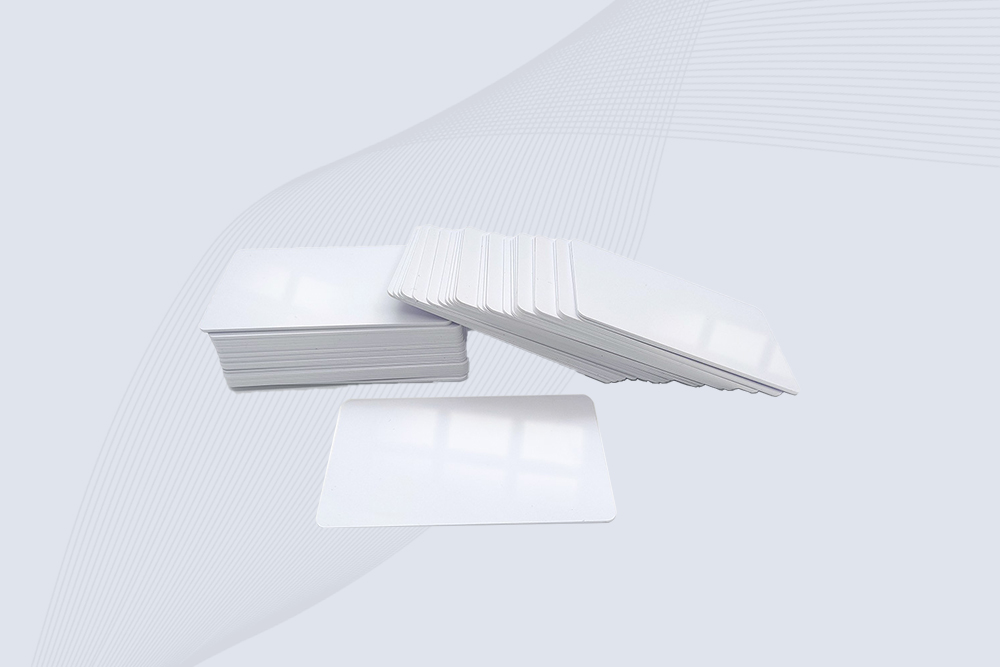
Cykeo CK-BQ8554HF HF rfid cards feature FM1108 chip, 100K write cycles, and customizable printing for access control systems.
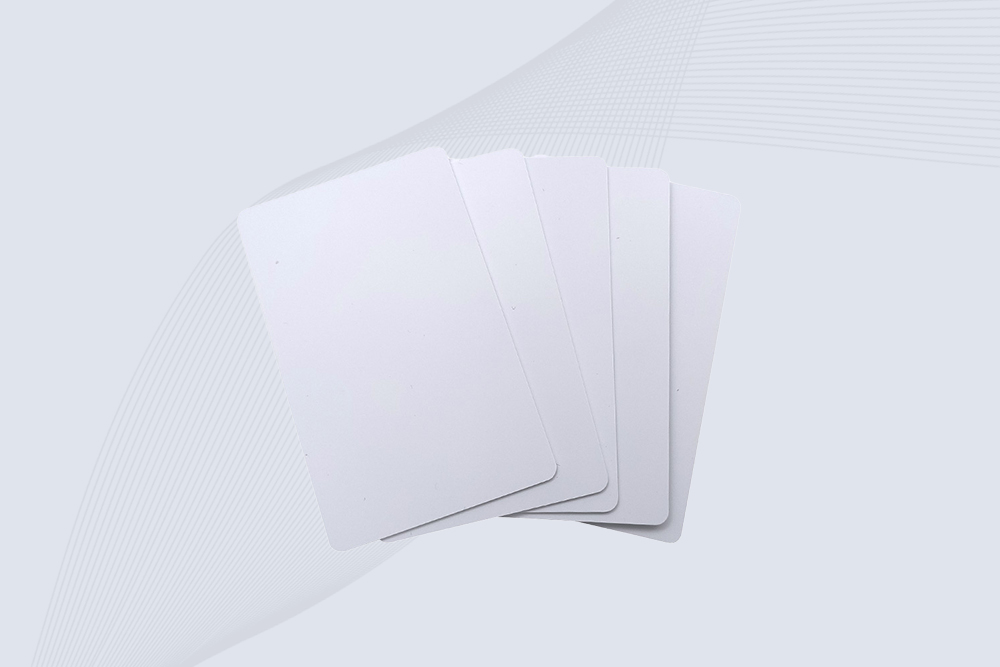
Cykeo CK-BQ8554UHF uhf rfid card features U9 chip, 100K write cycles, and CR80 size for access control/inventory management.
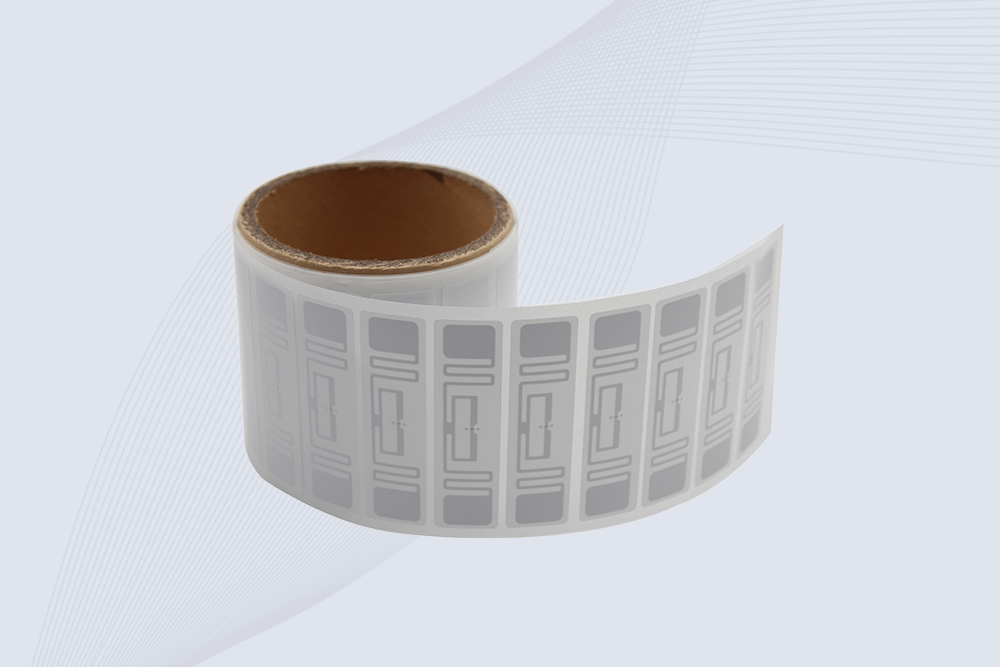
Cykeo CK-BQ7320 UHF RFID asset tag features aluminum-etched antenna, 10-year data retention, and -40°C to +85°C operation for industrial tracking. ISO/IEC 18000-6C compliant with 128-bit EPC memory.
Learn how to resolve RFID handheld scanner connectivity issues. Follow step-by-step fixes for Bluetooth, Wi-Fi, and hardware problems with Cykeo’s troubleshooting tips.
MoreDiscover how RFID in supply chain management boosts visibility, reduces errors, and cuts costs. Practical implementation guide with Cykeo solutions.
MoreDiscover why hospitals rely on portable RFID readers for medical equipment tracking. Learn about real-time visibility, cost savings, and compliance with healthcare standards.
MoreStruggling with RFID interference in metal-heavy environments? Learn practical solutions to boost read rates and maintain accurate asset tracking.
More